Category: Highcliff Nab
-

It were a bit barren on t’moors like, nowt much to see!
A view along the Cleveland Way as it traverses Newton Moor, with the elusive Highcliffe Nab shrouded in mist. The cartulary concerning the founding of Gisborough Priory records a significant route named Melegate, extending from a point on the Percy Cross track, known as Molecros, to Roseberry Common. The Cleveland Way here likely follows the…
-

From spoil to… What will this heap become?
I stumbled upon an intriguing new feature in the Cleveland Hills today. Gazing westward, Highcliff Nab stands prominent in the background. A vast expanse of Guisborough Forest had been clear-felled and replanted with conifer seedlings. Amidst this scene, someone had built a conical mound of earth, about three metres high with a flat top. But…
-
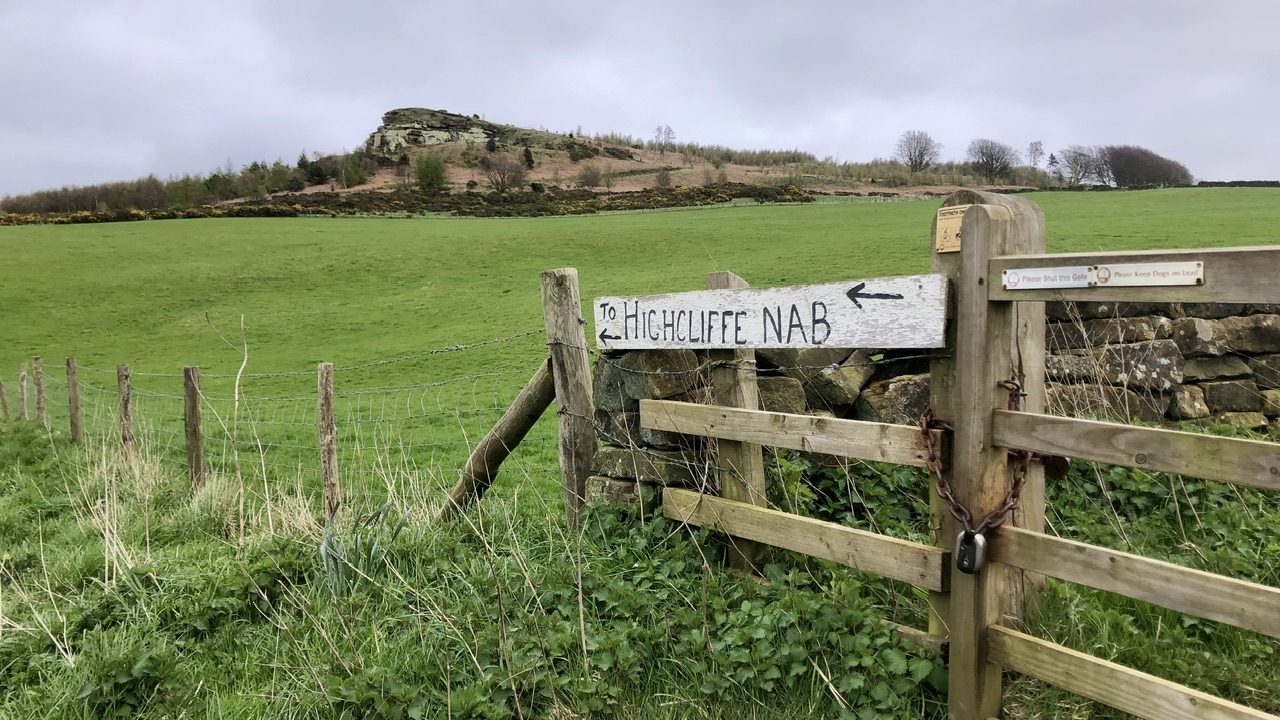
<— To Highcliffe Nab <—
It struck me as a bit peculiar that explicit directions to Highcliffe Nab were considered necessary. One might conclude that folks have frequently found themselves inadvertently ending up at the nearby farm. However, upon closer observation, the reason became apparent: the gate stands firmly padlocked. Despite its designation as a Public Footpath, no stile offers…
-
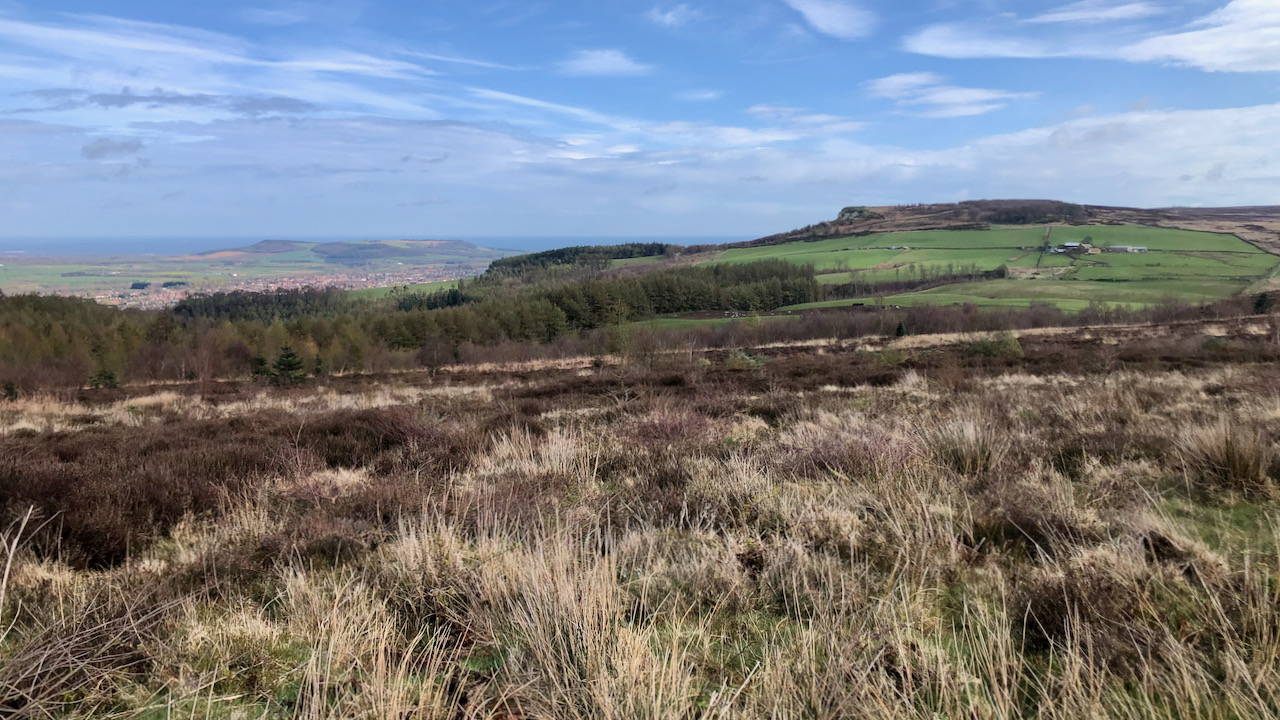
Hutton Moor—A Story of Ownership and Change
Hutton Moor, with Highcliff Nab and Guisborough in the distance, holds memories of the 1970s when I initially settled in the area. At that time, it bore scars of degradation due to off-road motorcyclists exploiting it as their playground. Under the ownership of the Owners of the Middlesbrough Estate, I found myself compelled to seek…
-
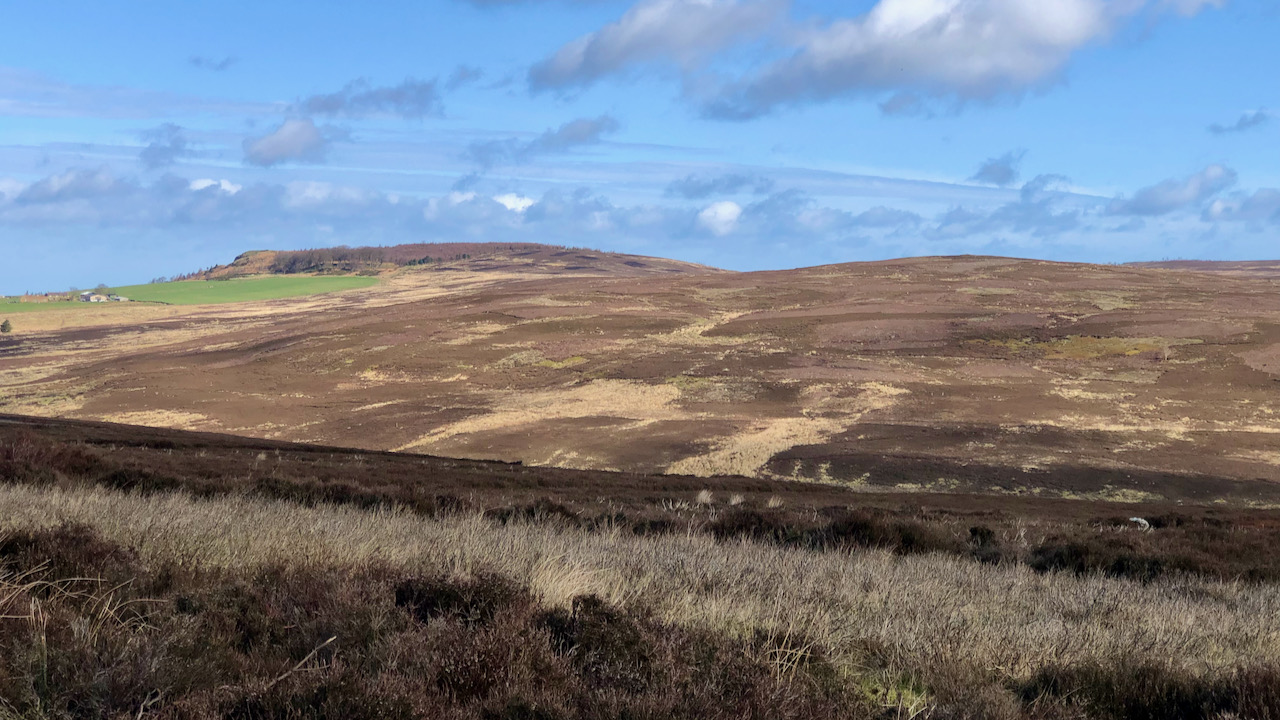
Codhill Heights — Celtic origins in Yorkshire’s landscape
I read once that place-names split neatly into two groups: habitative names, describing the kind of settlement in question, and topographic names, painting a picture of the lay of the land — rivers, rocks, marshes, and hills. Among the ancient Celtic place-names that have trickled down to us, habitative names are not easy to find;…
-
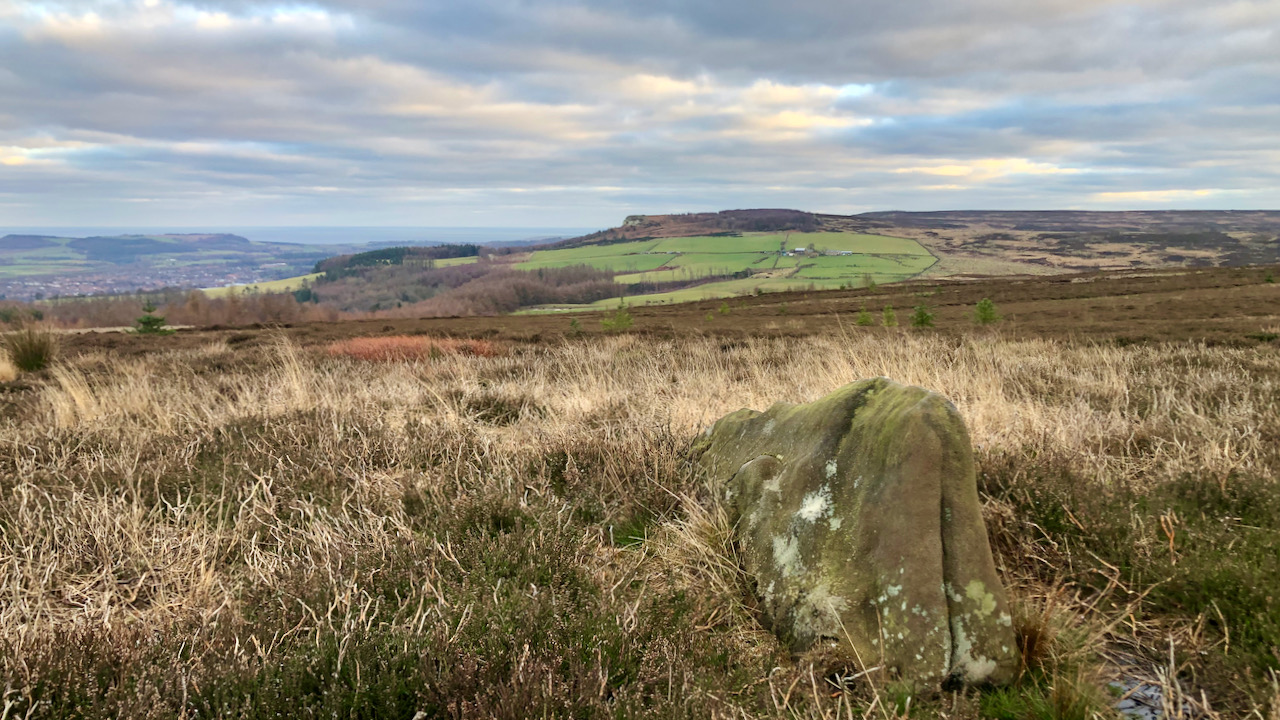
Plough Monday
The Monday after Epiphany used to be a day off for ploughmen up North. You’d enter a village and come across these agricultural labourers, all decked out in ribbons and those pristine white smocks, dragging the Fool-plough through the streets. It was their way of saying, ‘Hey, don’t forget, your bread depends on us pushing these…
-
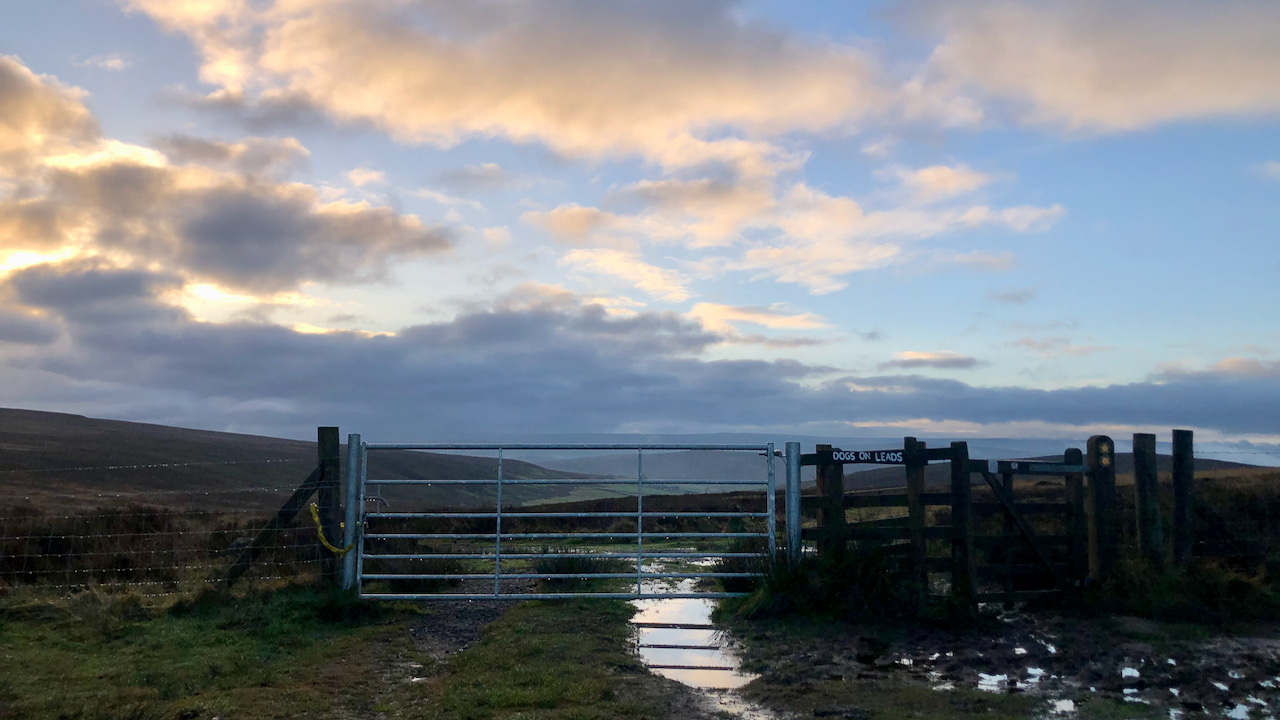
Patches of blue, reflections and a spanking new gate—Highcliff Gate this morning
In her dotage, my dog exhibits a distinct lack of enthusiasm for upland walks. This now renders the crudely painted “DOGS ON LEADS” sign on the wooden rail of no matter to me. A threat for sure, yet not a command. A “PLEASE”, though, would have aided in conveying the message in a less intimidating…
-
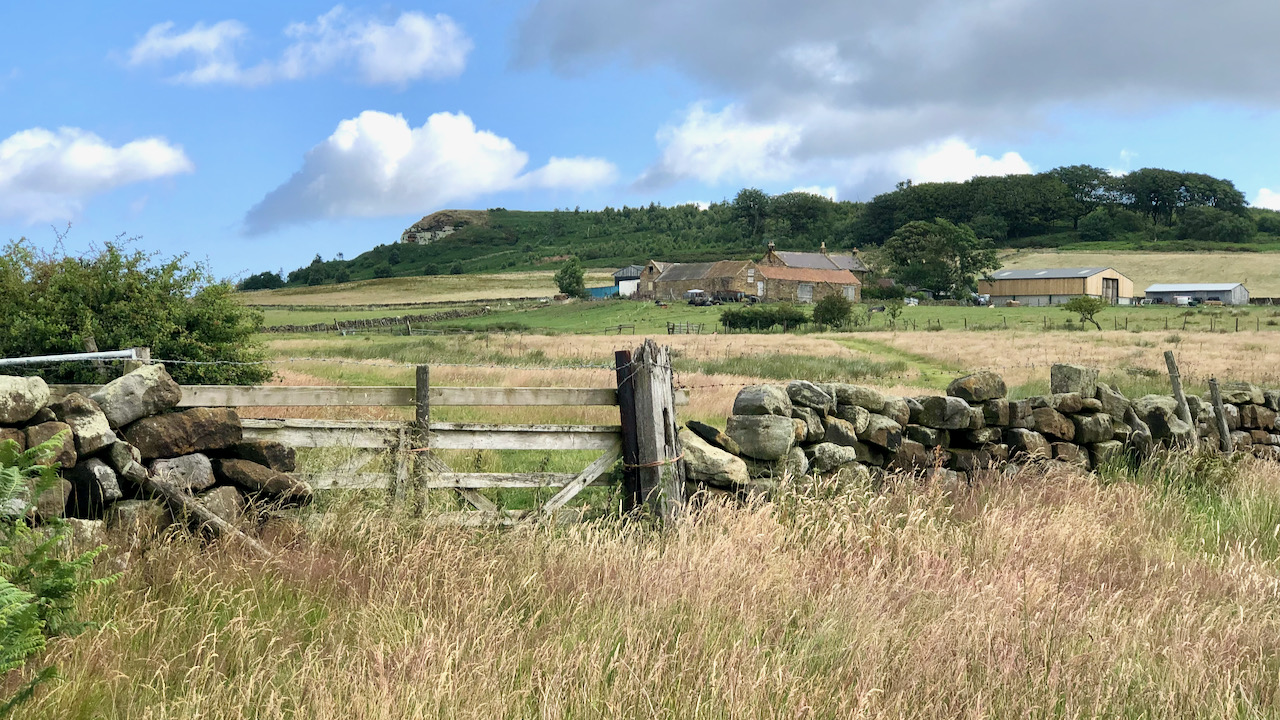
Highcliffe Farm
I’ve posted about Highcliffe Farm before, located on the wide and shallow col between Highcliff Nab and Great Ayton Moor; unsheltered from the winds from the north and the south. One might question the wisdom of setting up a farm in such an exposed spot. The landscape owes its origins to the ancient forces of…
-
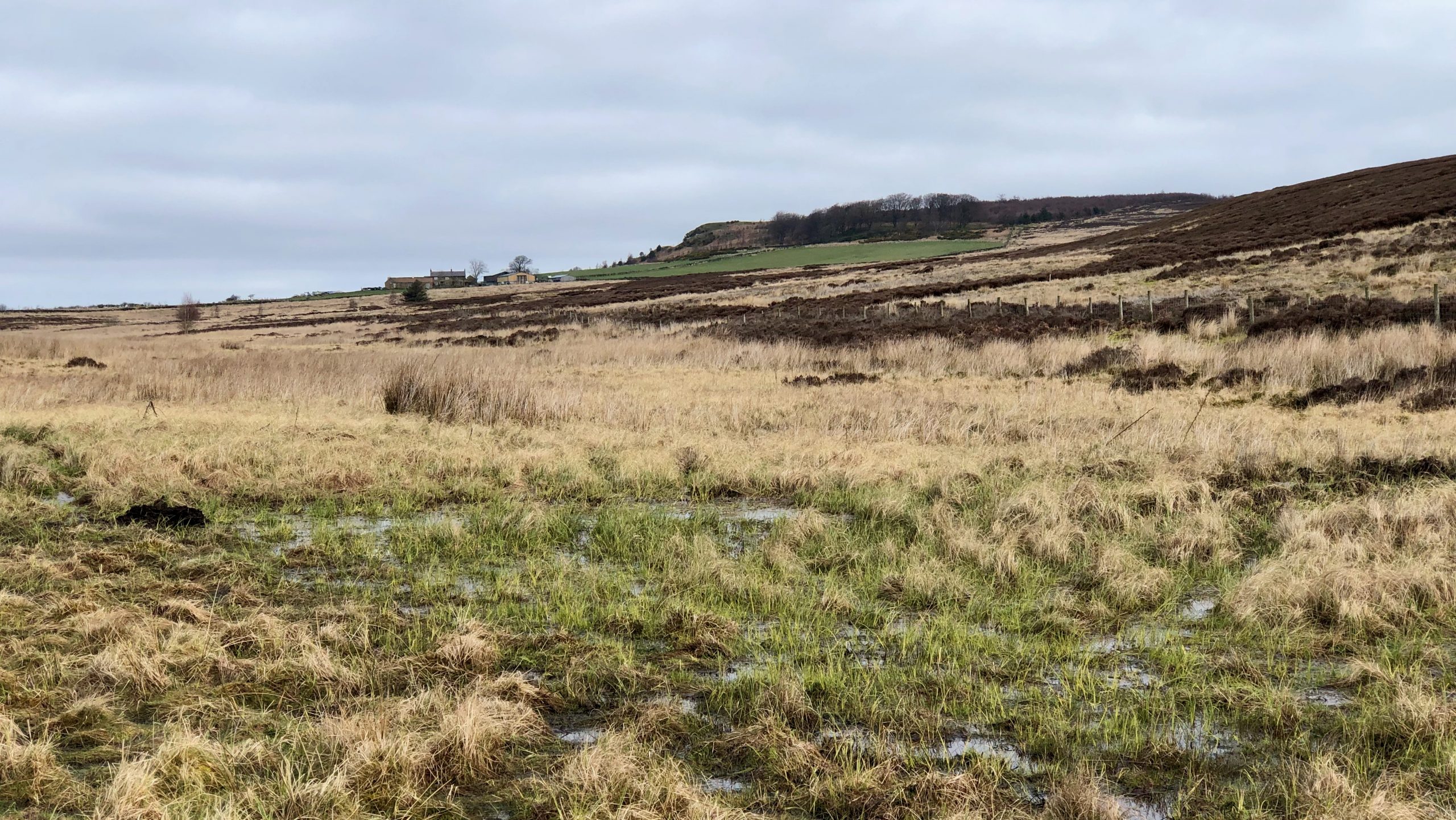
Tussock-Skipping and Bog-Trotting — Adventures in Rivelindale
Today’s misadventure took me to a wide, flat valley flanked by low heather-clad moors. Sounds lovely, right? But Codhill Slack, or Rivelindale to use its Medieval name, has a bottom that is a boggy morass with plenty of standing water, thanks to yesterday’s heavy rain. In the distance are a couple of well-known landmarks. Highcliffe…
-
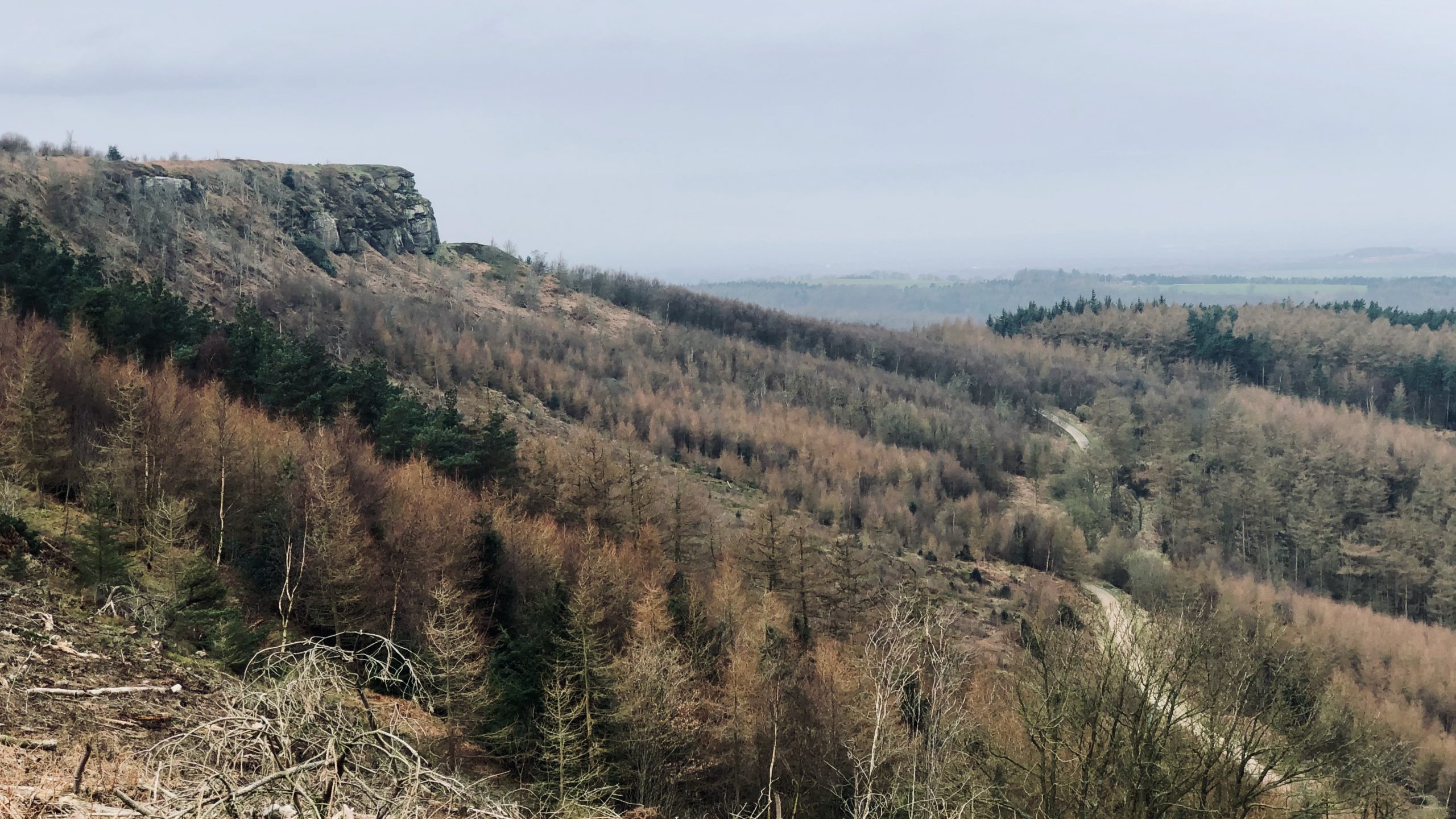
Highcliffe Nab — observer of history
Guisborough is an ancient place, with a long and varied history. It was important enough during the time of the Conquest to be listed in the Domesday Book, a detailed record of The Conqueror’s ill-gotten gains, although it was of relatively low value, contributing just a few shillings per year to the royal coffers. Over…